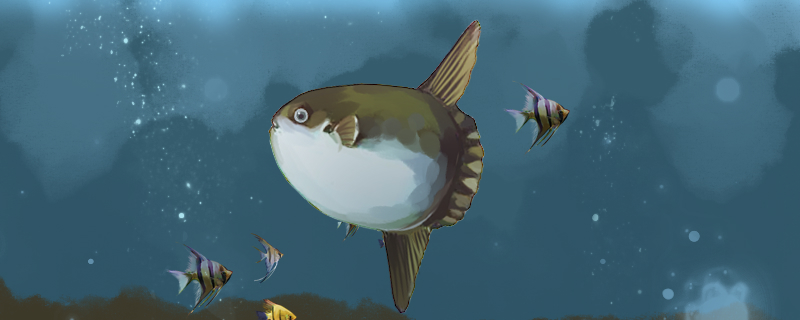
The Mola actually has a tail. In the juvenile stage, its tail is relatively normal, but as it grows up, the tail will gradually degenerate and shrink, and the tail fin will disappear completely, leaving only the rudder fin similar to the tail fin, which is formed by its dorsal fin and anal fin. It has a flat body, small eyes and mouth, short pectoral fins, and no pelvic fins, which looks like a fish head, so it is also known as the head fish.
The sunfish can't swim at all, but they are not good at swimming, which is also related to their body structure. Fish swimming mainly rely on the tail fin and pectoral fin, but its tail has been degraded, there is no real tail fin, and the pectoral fin is very short, can not play a role in promoting, can only be used to maintain balance, so its swimming speed is very slow, only 0.4-0.7 meters per second, not as fast as human walking.
Mola is a carnivorous fish, generally feeding on jellyfish and plankton, but also eating crustaceans and jellyfish. Usually on sunny days, it will float its dorsal fin out of the water and raise its body temperature by basking in the sun. In rainy weather, they will roll over on their side, let their flat body float on the surface of the water, and use their dorsal and anal fins to control the direction of swimming. In addition, because it is top-heavy, it is very suitable for diving, although it usually lives on the surface of the ocean, but it can dive into the deep sea of 600 meters for hunting.